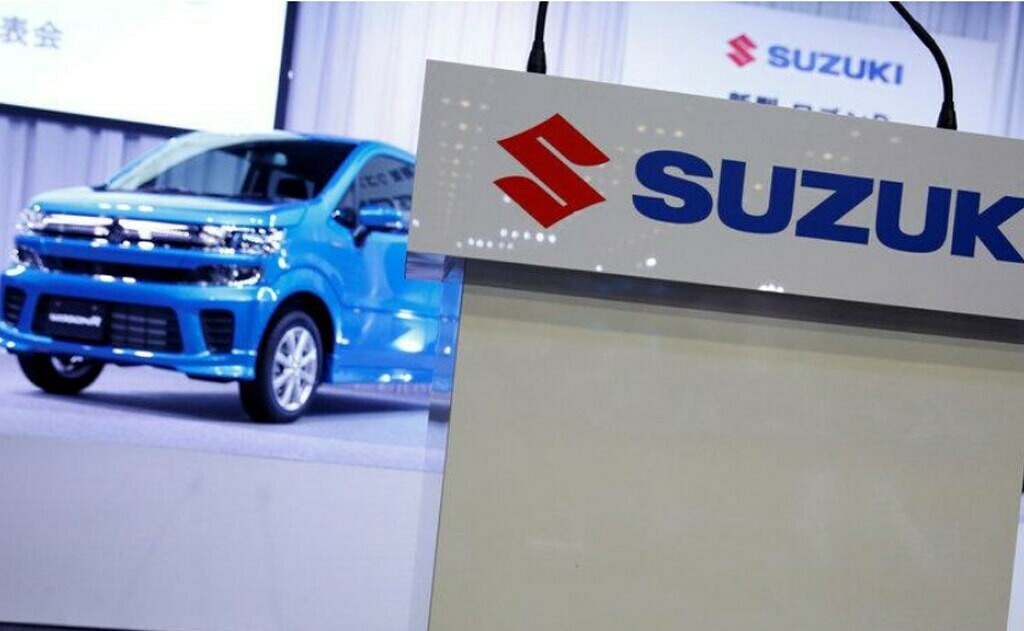With leaving a turbulent CY20 behind, one could say Pakistan Suzuki (PSX: PSMC) has had quite the comeback. In just one year, the company turned around a loss of Rs1.1 billion to positive earnings of Rs2.7 billion made possible by more than double the volumetric sales of cars and an average price point in line with expanding costs. Amid higher commodity prices, rising freight rates and rupee depreciation that led to a sharp increase in costs, the company was also contending with an acute shortage of semi-conductor chips. Except for Swift however, Suzuki was able to sell double the volumes for every other model in its portfolio, including motorcycles. Despite the triumph of CY21 though, celebrations may be short-lived.
What worked in favour of the company’s CY21 financial standing were keeping prices in line with costs (tax cuts by the government led to price slash and mini-budget tax increase led to price hike), substantially reduced expenditure, with the bottom-line robustly buttressed by “other income”. The company kept overheads in check while finance costs benefited from reduced debt and lower interest rates on average for the calendar year. Nearly 60 percent of the company’s profits came from other income facilitated by higher bookings.

Margins kept at 5 percent as CY20 indicating that the increase in revenues was almost parallel to the increase in cost, and not more. The company’s estimated revenue per unit sold and cost per unit sold remained almost flat between CY21 and CY20. The company favoured selling more volumes than chasing higher prices and losing on the market. For Suzuki, the market it targets tends to be relatively more price and income sensitive than consumers purchasing Toyota or Honda vehicles. This gives the latter companies more confidence in raising prices than a company like Suzuki. However, Suzuki did benefit from reduced competition in the small car segment through restrictions on used imported cars and recent financing restrictions on luxury vehicles.
As much as demand changed for the better in the outgoing year, the future outlook is murky at best. Freight rates are at their peaks and continuing to surge amid the Russian-Ukraine war. Rupee is weak, and interest rates are up. The former will make for costlier imported components and the latter would make vehicles less affordable through bank financing than earlier. Meanwhile, rising freight costs have necessitated price hikes in a market already losing steam in terms of vehicle demand. The upcoming year will be tough for Suzuki, more so than any other player in the game.





















Comments
Comments are closed.